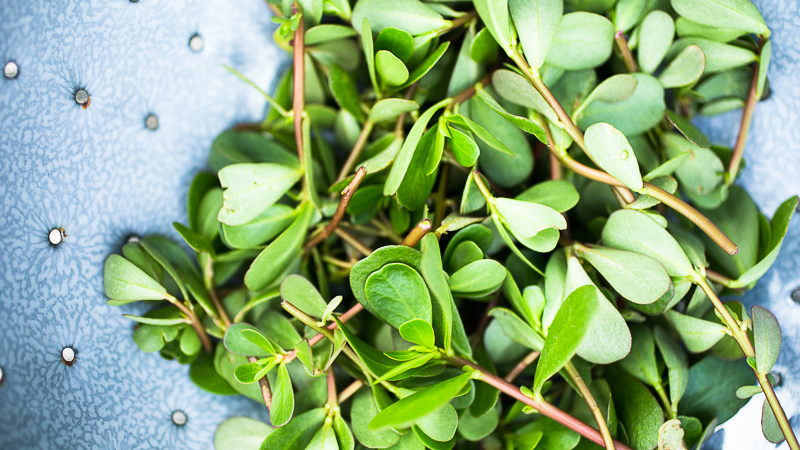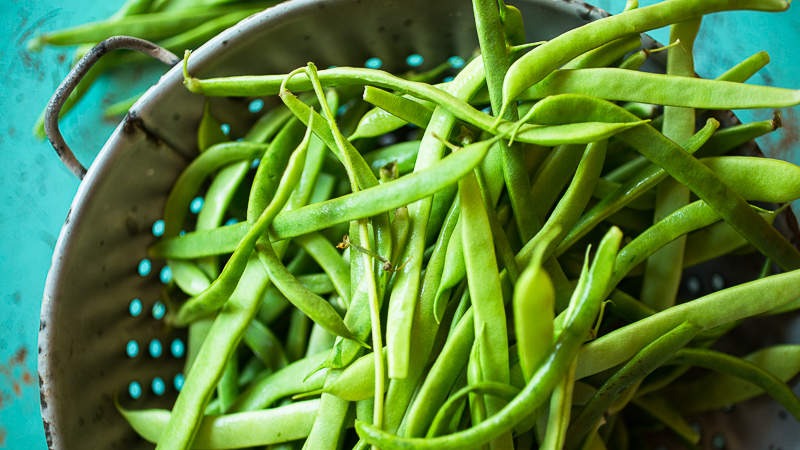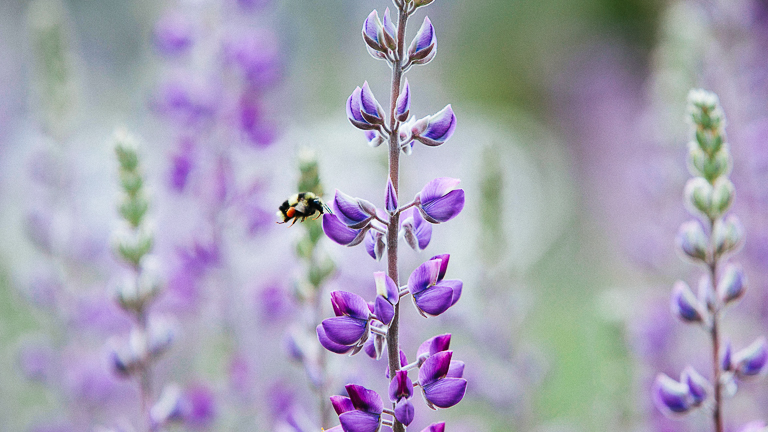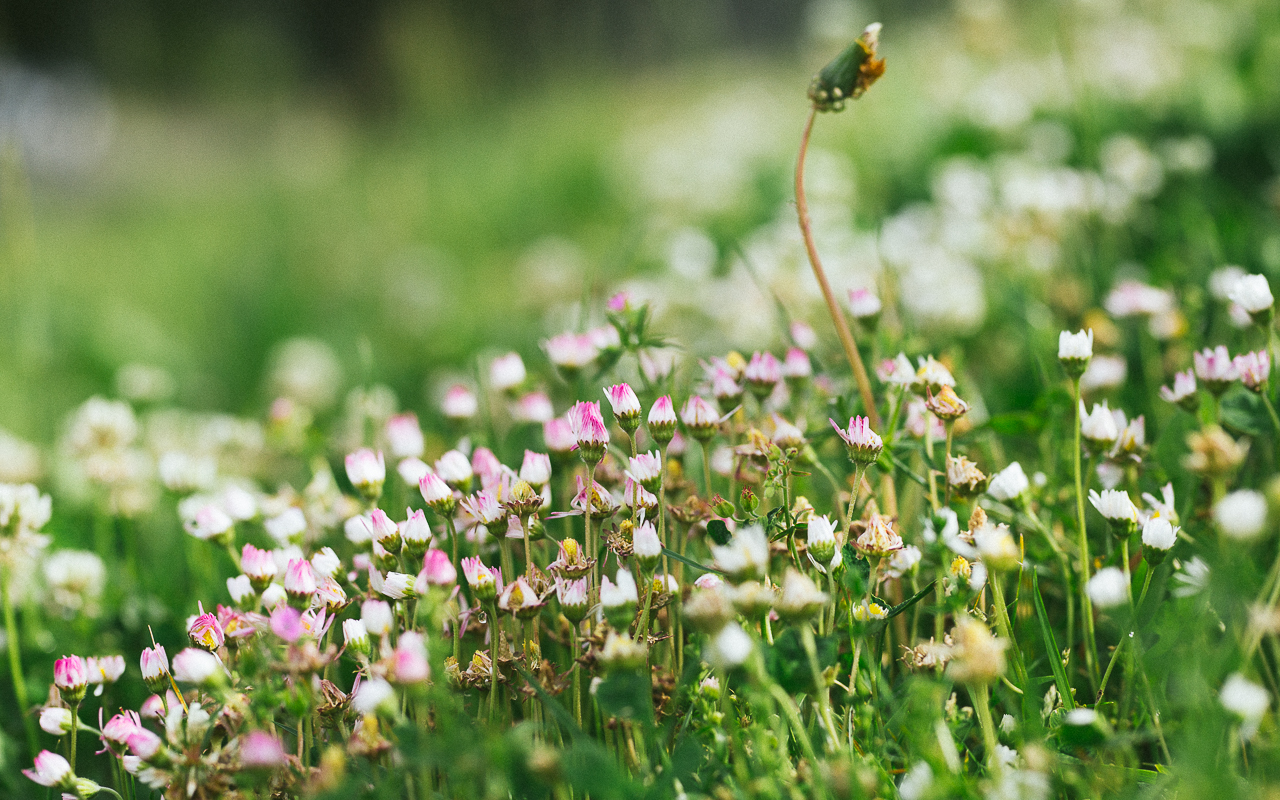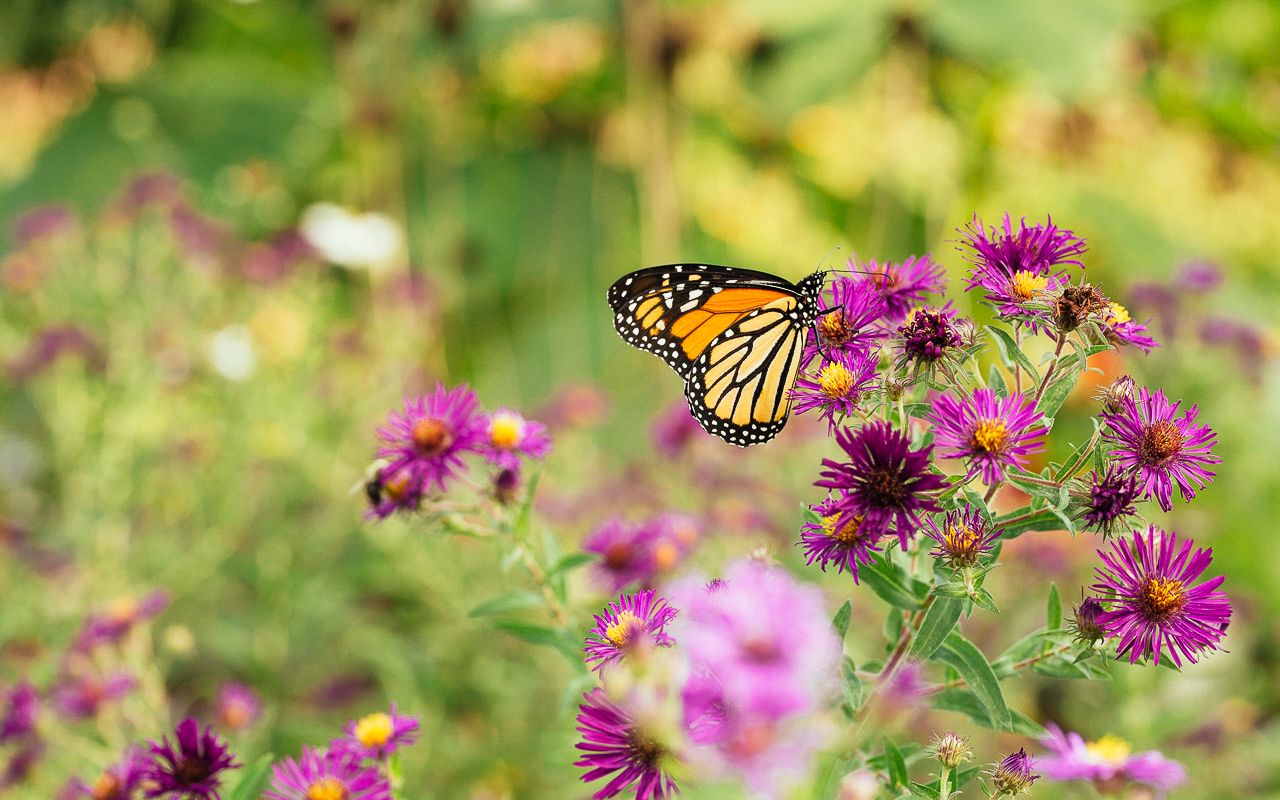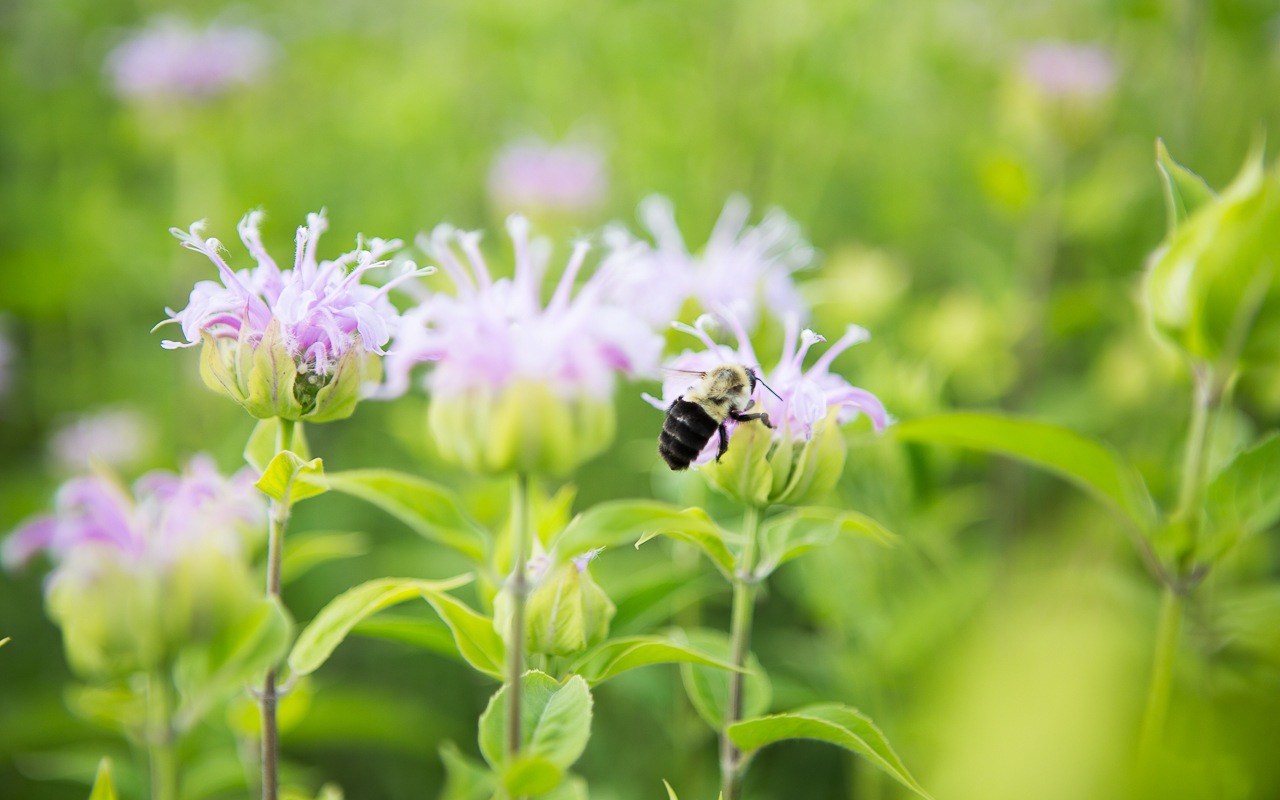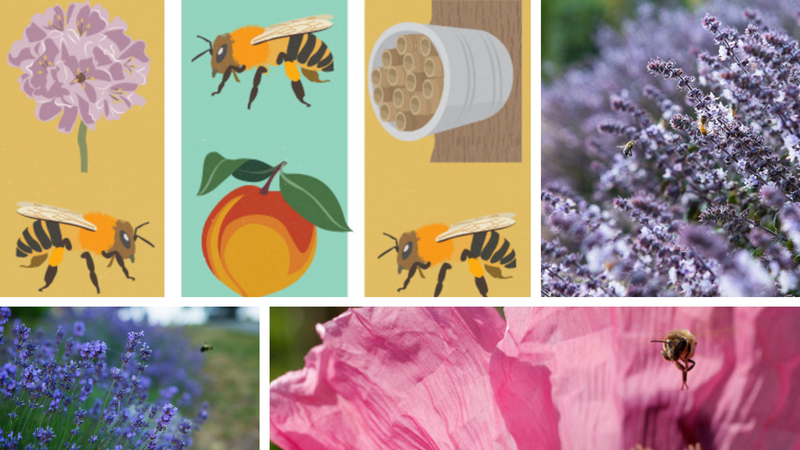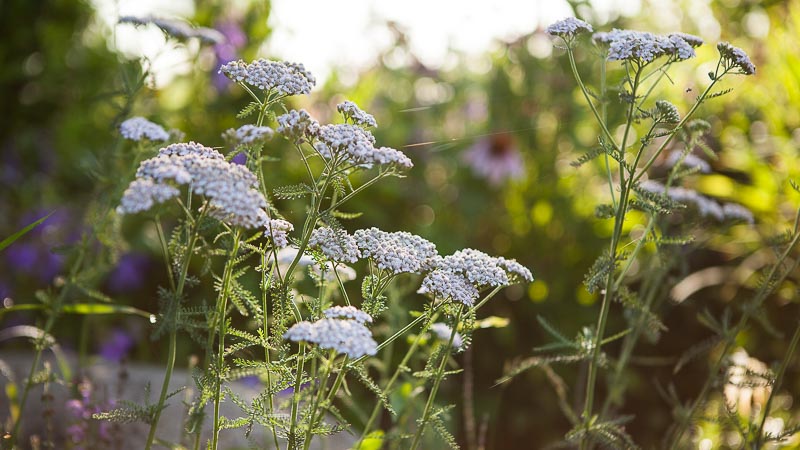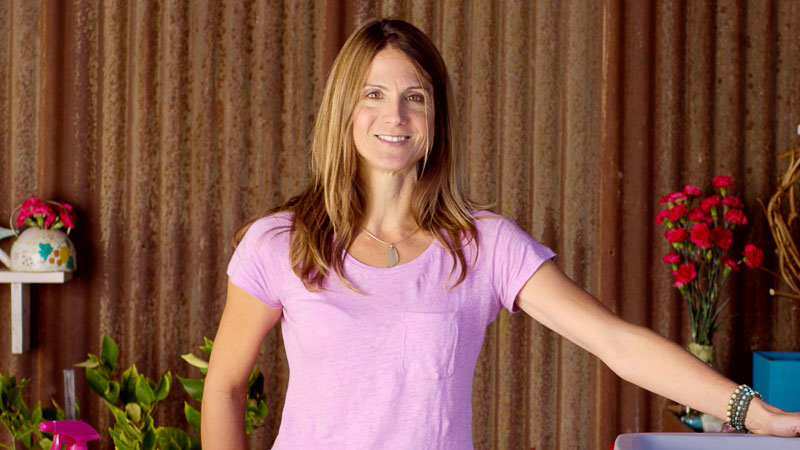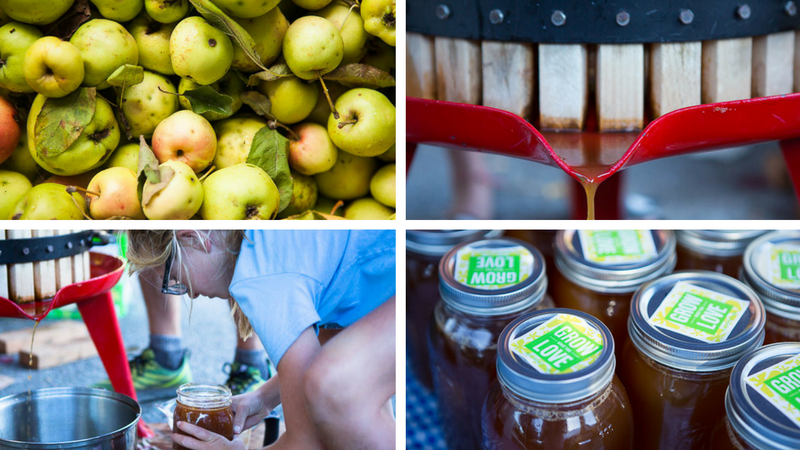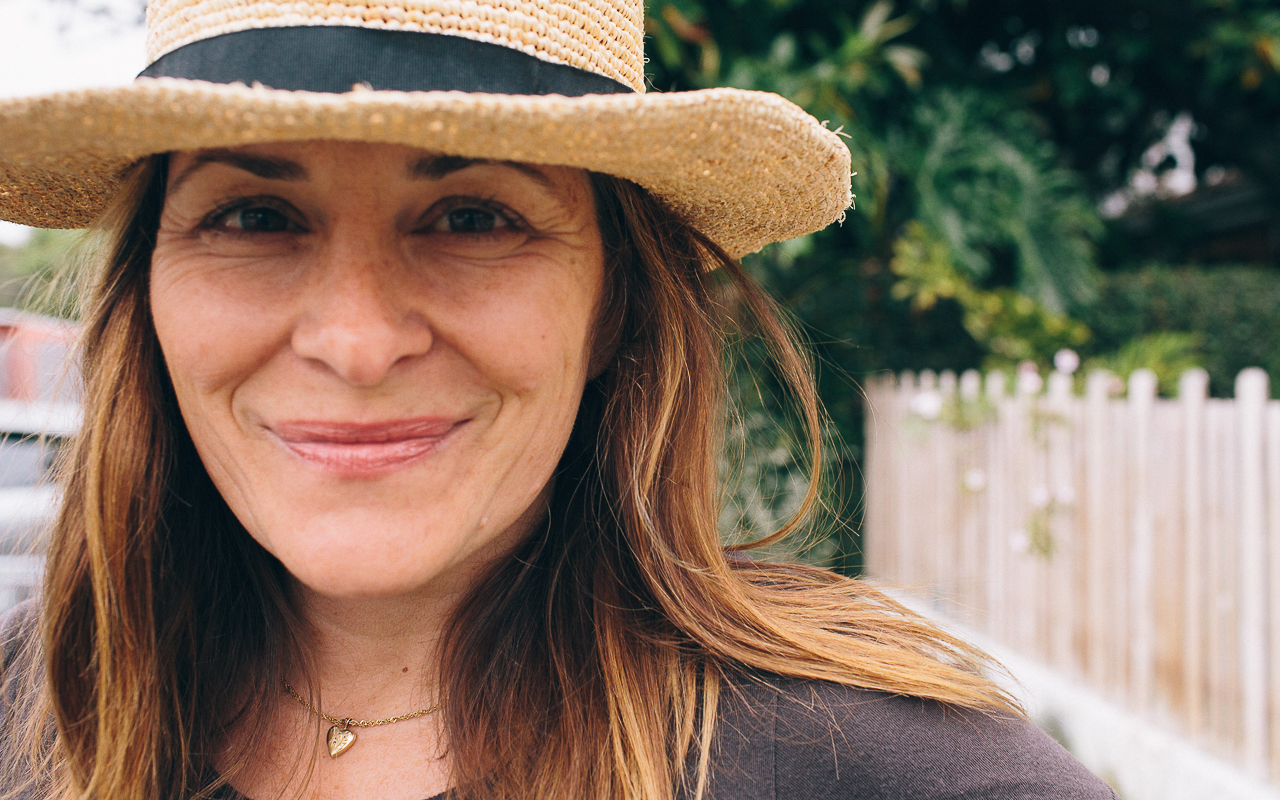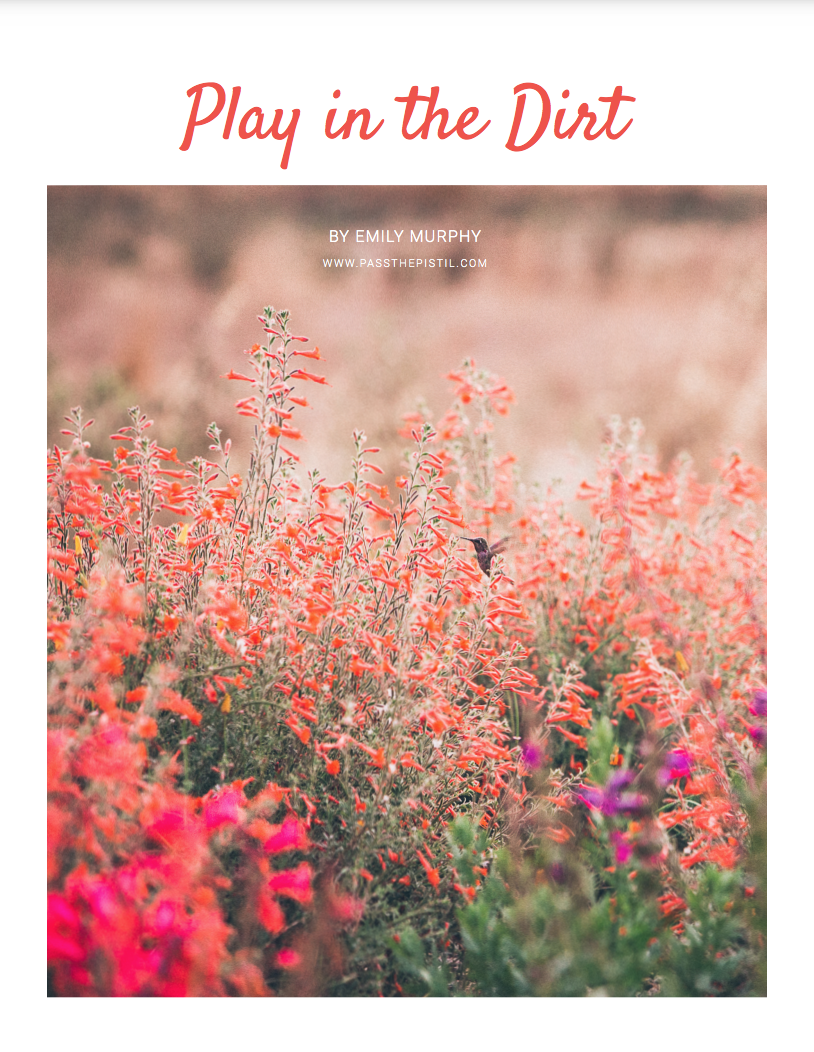9 Learnings from the Butterfly Waystation at Portland Head Lighthouse
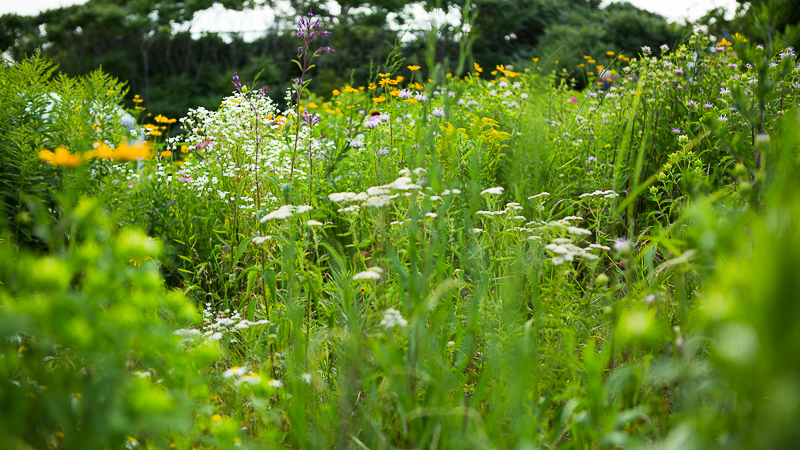
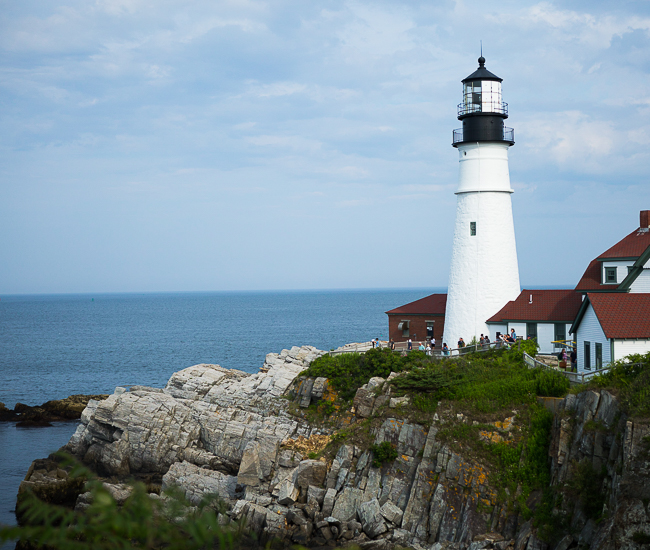
Somewhere along the way this summer, in between work and travel, I found myself here, at the Portland Head Lighthouse. I was happy to go for a walk, to be out of the car, and read up on a little Maine history. Did you know that Henry Wadsworth Longfellow was born in Portland, Maine and his poem, The Lighthouse, is thought to be inspired by his hometown beacon? However, it was the butterfly waystation that I wasn’t expecting.
I found a spot to park, in between a family picnic and a wedding party busy capturing photos, came around the corner on my way to the lighthouse and there it was: a hillside meadow of wildflowers sprawling in a place that could have just as easily been dedicated to lawn. A Monarch Waystation sign was posted, making sure we all knew this river of flowers meeting the sea was specially designed for winged creatures looking for food and shelter.

So what is a Monarch Waystion and what can we learn from the plantings at the Portland Head Lighthouse?
A patch of earth set aside and flourishing with host and nectar plants for butterflies and other creatures is a waystation. It’s habitat and the larger the space planted with flowers and grasses, the bigger the habitat. But it doesn’t have to be as expansive as the one here, a handful of plants can be enough to make a difference. In fact, the collective efforts of our patchwork of gardens makes an incredible difference in our local communities and global environment.
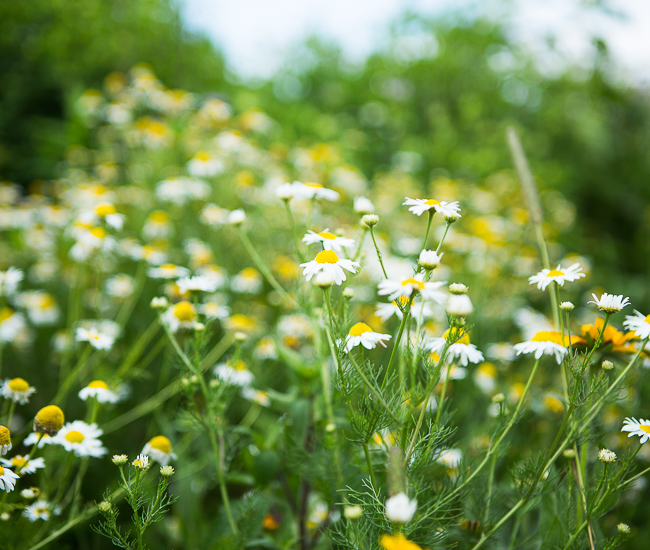
What you can immediately see in this particular waystation are generous swaths of plants. Large areas of a square meter or more dedicated to individual species. Bee balm or Monarda, rudbeckias, chamomile, sneezeweed or heleniums (of some kind), grasses, yarrows, Echinacea, and goldenrod come together to make a mecca, a stomping ground that says loud and clear, “over here, food and shelter this way!”
Groups of plantings like these help insects find their way, creating a bigger target or landing zone. Bugs and other animals are creatures of habit and they benefit from a reliable foraging circuit. (Which is also why deer, rabbits, and even squirrels keep coming back to your garden for their favorite free meal thanks to you.)
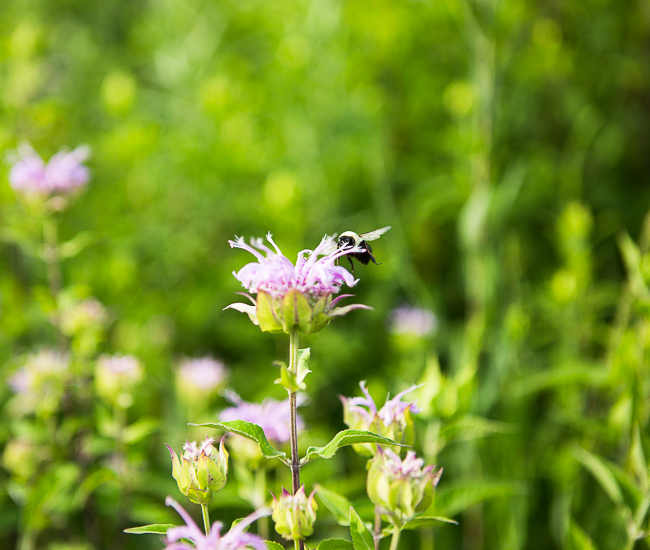
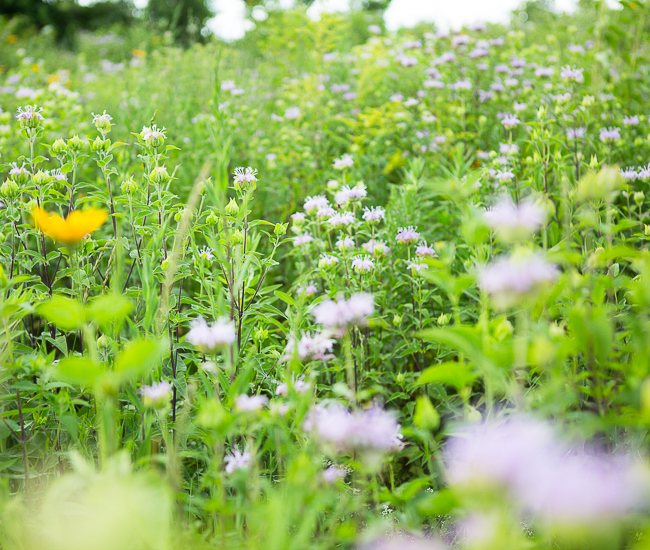
Meter square plantings are also important to developing larvae, some of which feed on only one host plant species — like milkweeds for Monarchs. While butterflies like swallowtails rely on a family of plants, in their case plants in the carrot family such as Queen Anne’s lace, dill, and parsley.
Native plants and plants endemic to your area and adapted to your climate as well as native and visiting animals. They’re easy to grow, because they’re so well adapted, and come with huge benefits for pollinators. But so too do some non-natives. When you choose plants for your garden, take a little bit of time to choose wisely. The return on investment will be worth it.
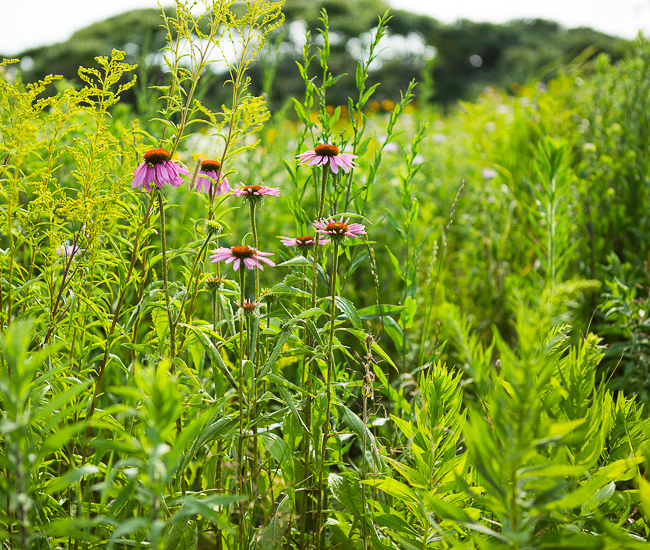
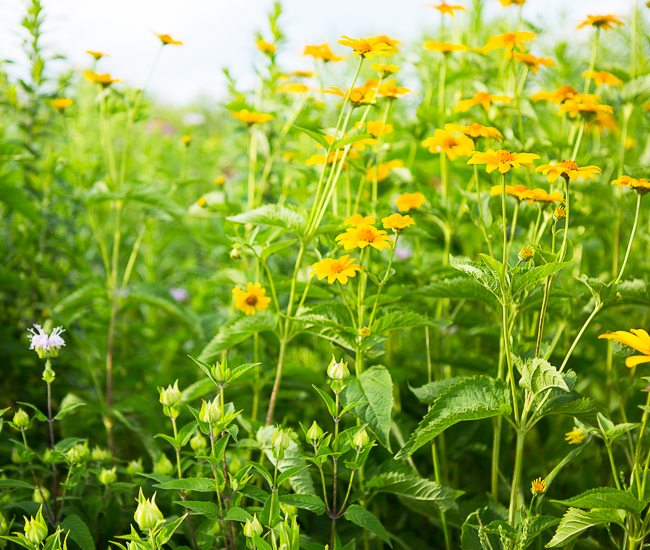
You’ll also notice that almost all the flowers in the Portland Head waystation give butterflies a place to land. Flowers are either flat topped (or nearly flat topped) or flowers are really clusters of smaller flowers that come together to form a perfect landing pad for butterflies to pause and feed. That said, bees and hummingbirds benefit from these same flowers just as much as butterlies, even if they take time to crawl into blooms or hover close by.
Diversity is key. Grasses are just as important as flowers, especially for a group of butterflies known as skippers. These are small tan to brown butterflies whose larvae feed on grasses.
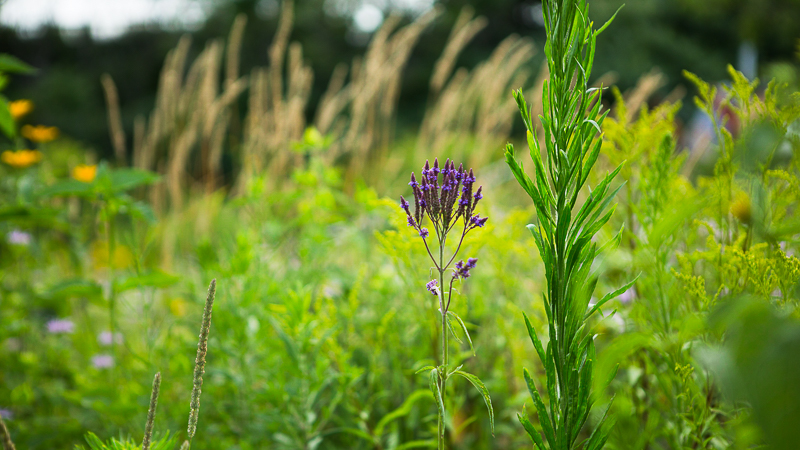
What you don’t see is that this is an organic garden. However, you know it’s organic because it’s filled with life that wouldn’t otherwise survive if chemicals such as pesticides or even synthetic fertilizers were being used to maintain the landscape.
The other thing that’s hard to see from these photos are the bare patches of soil between plantings. They’re there, hiding between stems and they’re important for ground nesting bees and as places for butterflies and other pollinators to land and find water (often called puddling).
Best of all, this fabulous patch of earth is habitat for animals and people too. It frames the surrounding landscape, invites curiosity, and is a place to simply be.
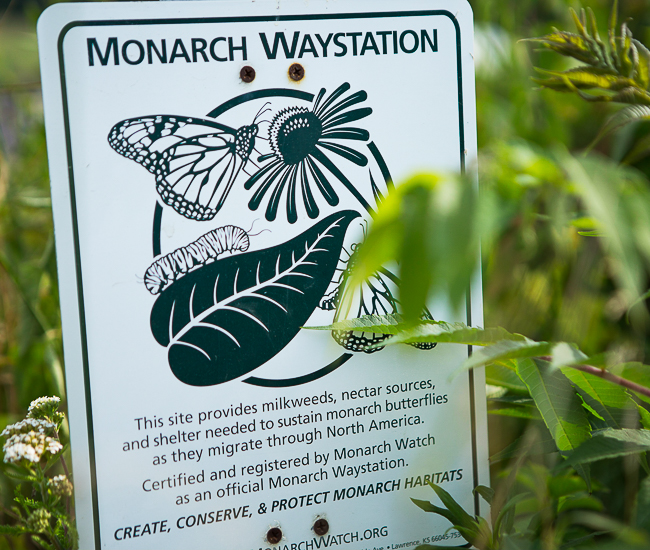

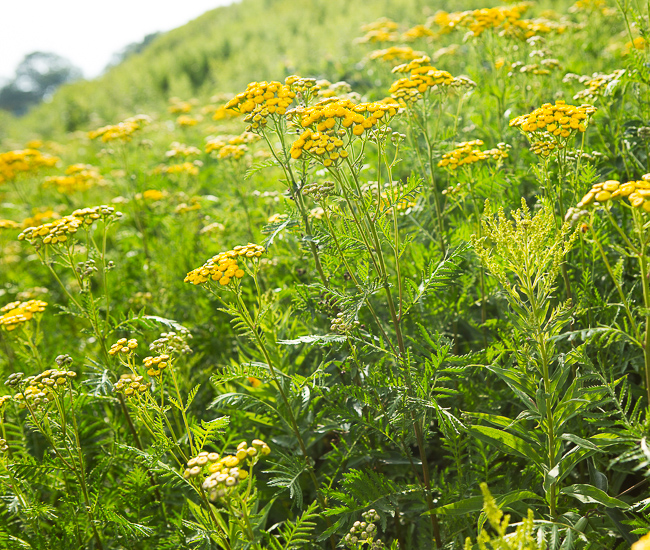

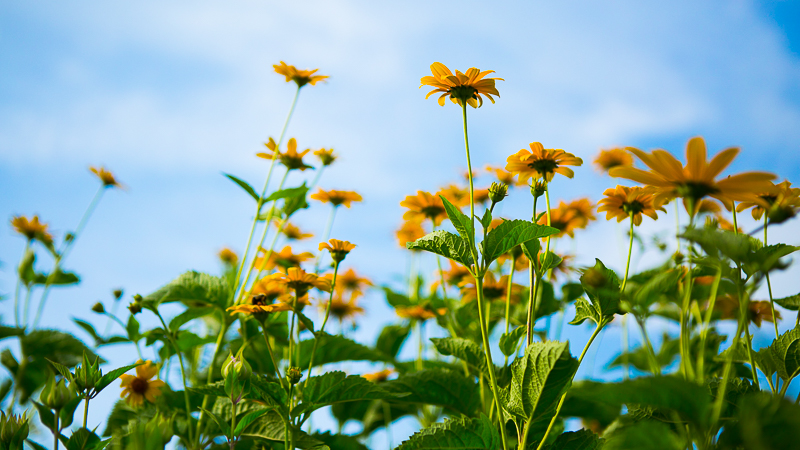
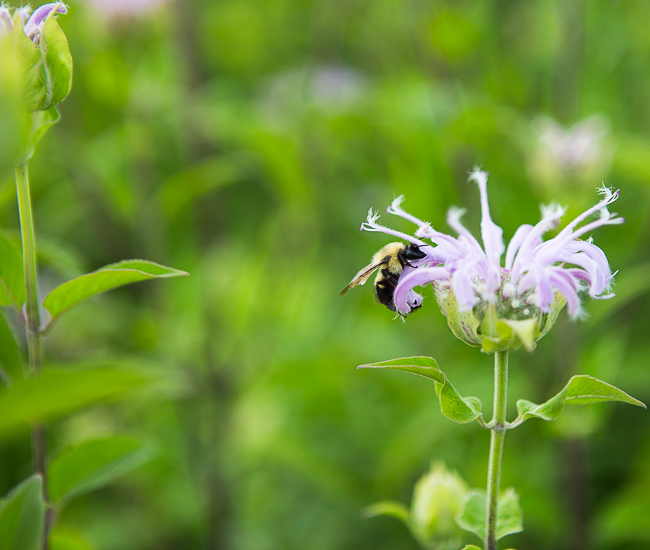
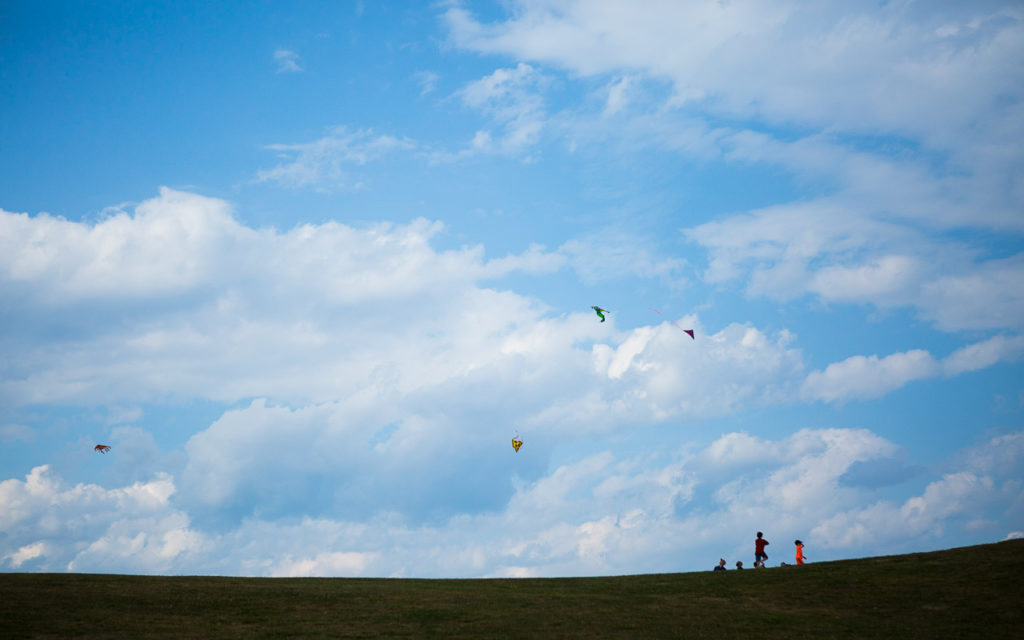
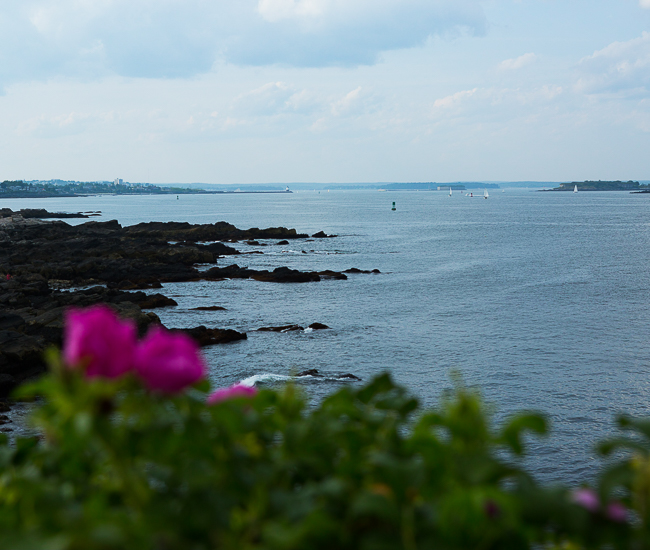
I didn’t see many butterflies while visiting the Portland Head Lighthouse, but I did see some skippers (though they move so quickly they’re difficult to photograph) and plenty of bees and birds.
Other articles you might enjoy:
8 Tips to Create a Butterfly Waystation
Make Your Own Bee Friendly Garden in 5 Easy Steps
Grow a Better Pollinator Garden
Listen
Buy The Book
Special offers
Newsletter Signup
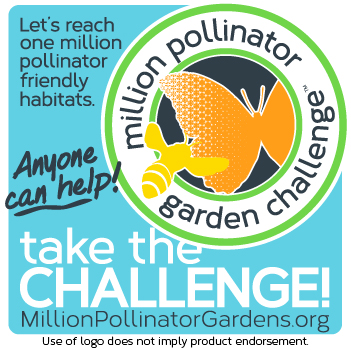
Archives
Disclosure
Pass The Pistil is a participant in the Amazon Services LLC Associates Program and other affiliate programs such as Etsy, affiliate advertising programs designed to provide a means for sites to earn fees by advertising and linking to curated affiliate sites.

